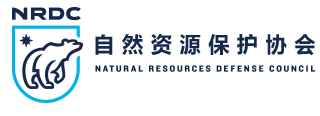主讲人:克尔斯滕·格罗德·科尔维特(Kirsten Grorud-Colvert)美国俄勒冈州立大学综合生物学高级研究部博士、副教授
克尔斯滕·格罗德·科尔维特博士是俄勒冈州立大学综合生物学系的海洋生态学家。她联合领导了《海洋保护地指南》专项研究,其成果于2021年发表在《科学》期刊。格罗德·科尔维特博士的研究重点是与海洋保护地(MPA)相关的生态和社会过程、以及OECM等其他基于区域的管理工具。
简介:
格罗德·科尔维特博士领导的团队在《科学》期刊上发表了名为《海洋保护地指南》(MPA指南)的文章。本视频主要介绍了这篇文章的研究成果以及来自墨西哥和菲律宾的MPA案例。
《MPA指南》为有效保护海洋提供了科学的解决方案,它包括四个要素:保护级别、创建阶段、实施条件及社会和生态产出。通过判断MPA在保护级别、创建阶段、实施条件这三个方面的实际情况,可以预测该MPA的产出。与仅受部分保护的MPA相比,受完全及高度保护的MPA保护收益更大。在MPA内部,保护生物多样性意味着保护环境免受破坏性活动影响。因此,处于创建初期阶段的MPA不能产生生态效益。只有真正进入到执行阶段,MPA才能实现保护目标。MPA应采用生态设计并与社区共享利益。MPA需要高保护级别,以保护生物多样性并造福人类。

